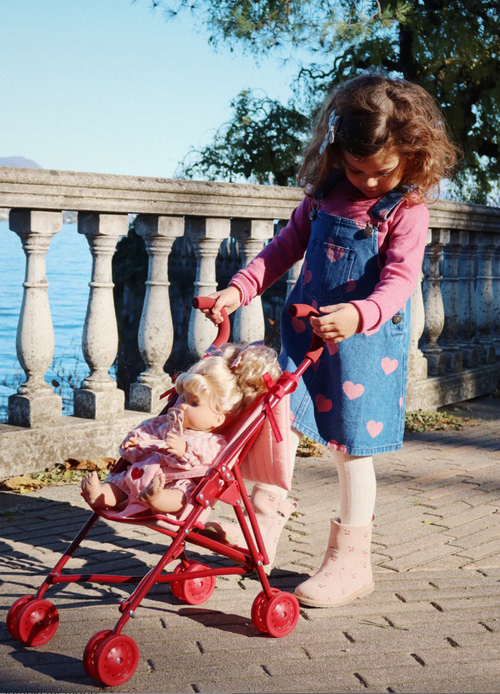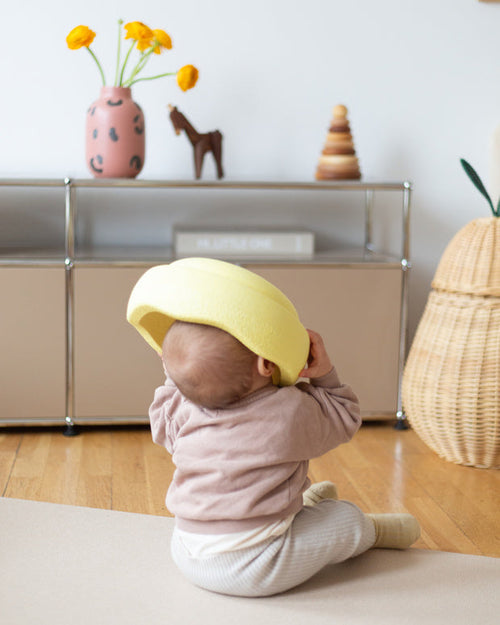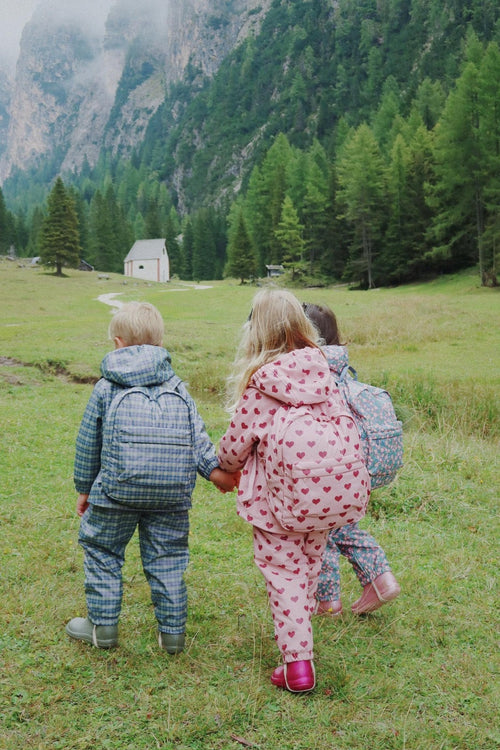Contrary to appearances, this isn't a completely new trend, although, like attachment parenting, it's been gaining popularity in recent years. In fact, our parents were already raising us in the spirit of slow parenting, without even realizing it! If you're a proponent of raising your child in a spirit of freedom and without unnecessary pressure, this article is for you.
Slow parenting – where did it come from?
The slow movement was initiated in the 1980s by Canadian journalist and commentator Carl Honore, author of the book "Under the Pressure of Time: Let's Give Children a Break!" and hailed by Newsweek as "an international advocate for the idea of free time." It began by promoting a healthy lifestyle based on natural, high-quality meals. However, it quickly became clear that the slow concept could be incorporated into virtually every aspect of life – including parenting. Slow parenting strongly opposes pressure, expectations of continuous development, as well as overprotection and the resulting pressure. According to proponents of this model, it is far more important to allow children time for creative play or simply boredom.
Slow parenting – let's lie in a meadow, staring at the clouds
Slow parenting fits very closely with the increasingly popular model of living, which opposes a thoughtless and consumerist lifestyle, in which rushing and the accumulation of material goods play a key role. Instead, it focuses on sustainable development, the idea of free time, and time spent with loved ones – intended for strengthening bonds and rest. Raising a child in the spirit of slow parenting allows them to have a joyful, carefree childhood – watching the clouds float by, clumsily preparing food, and engaging in creative play without technological innovations. A childhood unburdened by extracurricular schedules, responsibilities, and the pressure of constant development. One in which there is room for experimentation, helping to develop imagination and creativity. Slow parenting also means limiting control and allowing the child to make mistakes. This approach significantly increases a child's self-confidence and enables independent development, at a pace consistent with their individual predispositions.











